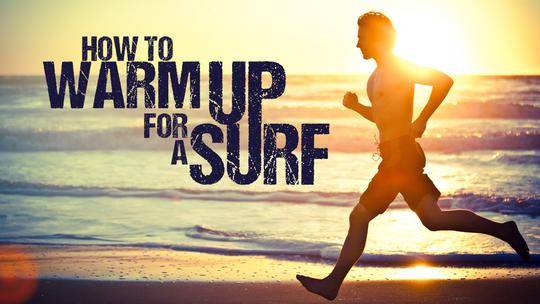There are approximately 2.8 million surfers in America. It’s one of the most popular water sports on the planet.
And like every other sport, it’s essential to warm up before you get into the water especially if you’re surfing in colder waters.
But not all warm-ups are the same. If you want to get the best performance you can when you surf, it’s crucial you warm up properly.
Whether you want to learn to surf or you’re a pro, keep reading. We’re sharing with you a few warm-up surfing lessons you need to do before you catch your next big wave.
WHAT YOU NEED TO KNOW BEFORE YOUR SURF WARM-UP
Whether you’re surfing in California or Massachusetts, base your warm-up exercises on surf size and how long you plan on surfing. However, a good rule of thumb is that your warm-up should last between four and eight minutes long.
Whatever types of stretches and exercises you do, perform them lightly. If you’re about to learn how to surf, you don’t want to overextend yourself before you even get into the water.
Stretches should only last between 7 and 10 seconds. You can stretch for longer after you surf as a cool down which helps bring your muscles back to the base state.
START BY GOING FOR A JOG
A good idea is to start with a light jog before your surfing lesson. You don’t need to run far, jog about 150-200 meters and then add in a few sprints that last between three to five seconds.
Doing this will help you raise your heart rate. As your heart rate rises, it increases the blood flow to your muscles. Your muscles begin to warm and function better.
REVERSE LUNGES WITH ROTATION
After you’ve finished with your light job, it’s time to focus on individual muscle groups. Reverse lunges with rotation help warm up your lower body.
You’re also stretching your hip flexors, increasing your core activation, and stabilizing your ankles. Those are all important things to focus on when you’re learning how to surf, so you don’t injure yourself.
Start by spreading your feet, so they align with your hips. Next, begin taking long strides forward. Make sure you’re bending your knees at a 90-degree angle.
Then, as you’re lunging, rotate your torso towards the front leg. Once you’ve mastered this, you can add stretch by reaching one arm above your head as a way to increase the stretch of your hip flexor.
SIT SQUATS
Sit squats help you open up your hip flexors while strengthening your back. It’s a great exercise to prevent your hips from cramping after sitting on your board for a while.
Begin by standing with your feet shoulder-width apart. Next, flex your knees and hips by sitting back with your hips. Continue sitting back until you’re slightly above being parallel.
Then return to the standing position. Repeat this five to seven times.
REVERSE TABLE
The reverse table works by activating your core. It gets the blood flowing to your posterior muscles like your gluteus and hamstrings.
Not only does this exercise help balance your body, but it also helps open up your shoulders so you can paddle more efficiently. And it mimics turns and layback.
Start this position sitting down. Keep your feet and hands firmly on the ground as you raise your body until you’re as flat as a table.
LEARN TO SURF WITH US
Whether you’re a new surfer or need a few refresher lessons, we can help. Learning to surf is fun, but only if you do it right.
We offer everything from private lessons to group lessons. Click here to book your lesson now.
















